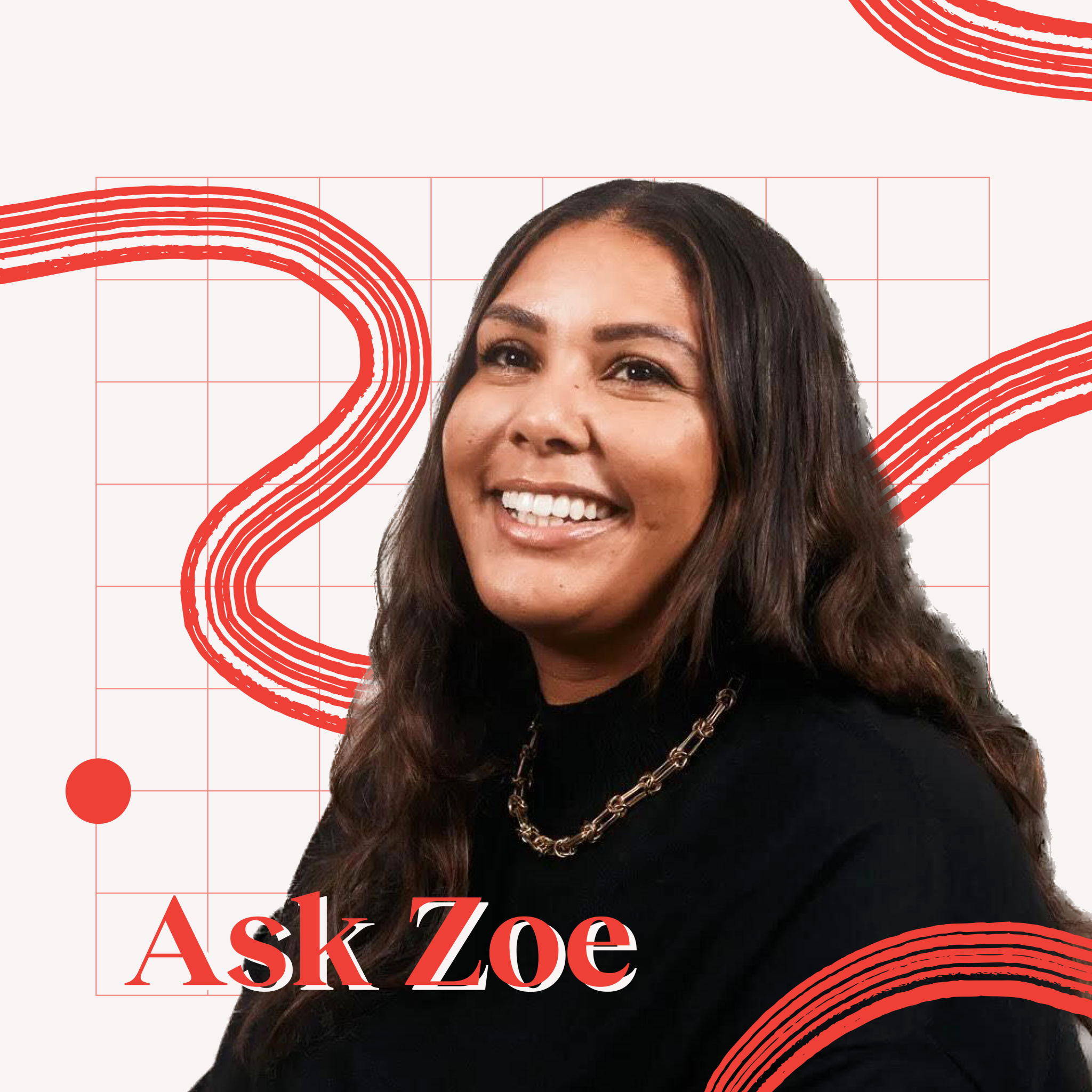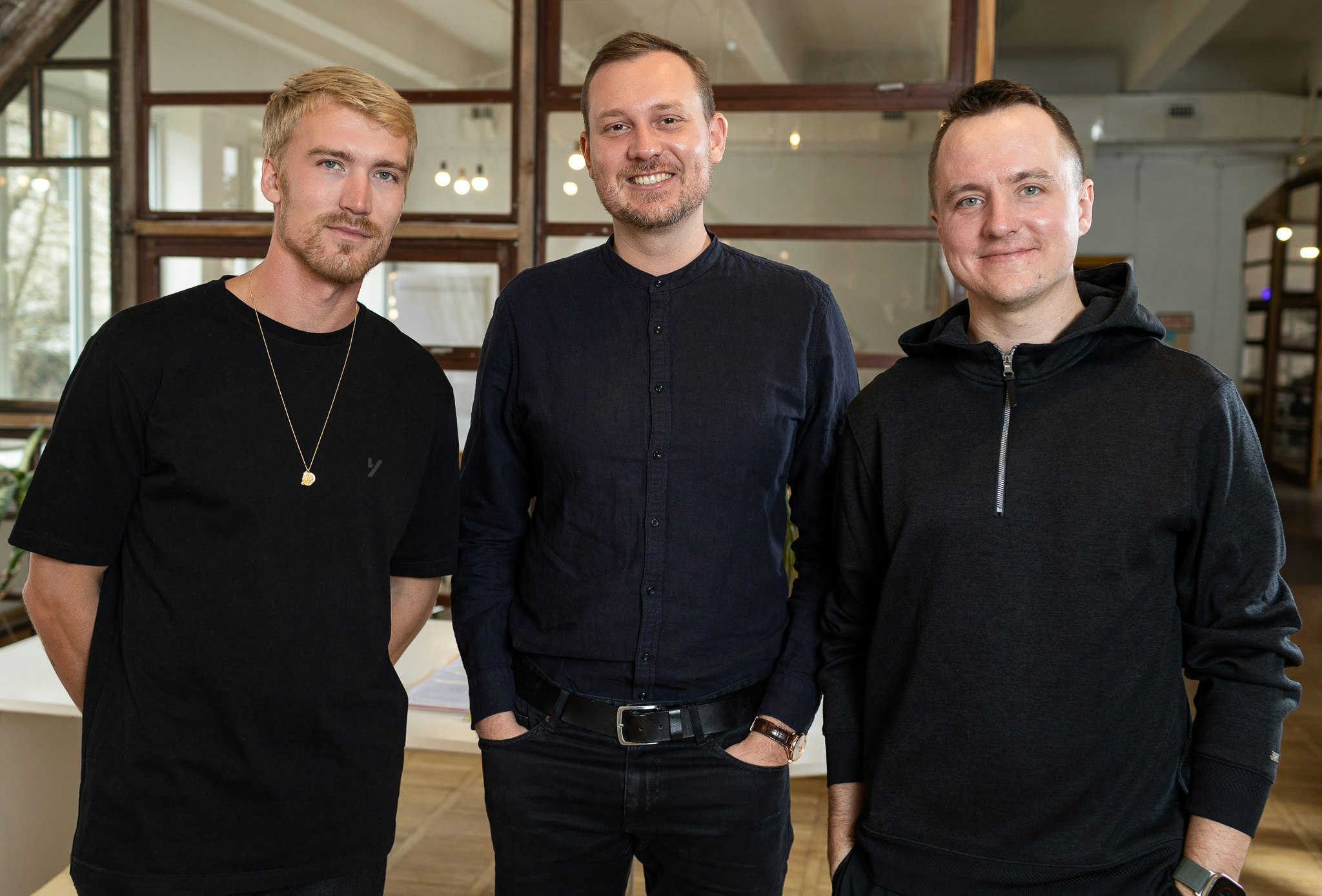Founders love to talk about their companies… but only when they’re ready.
More and more are choosing to stay in the dark — erasing company names from LinkedIn, creating mysterious almost-blank websites and ignoring journalists' emails — and build in stealth.
The number of people working for startups in stealth — where an early-stage company focuses on developing a business in (relative) secrecy — has more than tripled in the past two years, according to LinkedIn data.
The types of entrepreneurs building out of the limelight span the spectrum from first-time founders, such as a number of Revolut alumni, to seasoned tech darlings like Spotify’s Daniel Ek, who built his healthtech in secret before announcing a huge fundraise earlier this month.
Founders say that building in stealth can stop others copying their idea and help their teams focus finite resources on the product, rather than being distracted by PR or marketing. But the recent rise in stealth companies could also be linked to the slowdown in VC funding.
“When we ping founders that are operating in stealth, a lot of them say we don’t want to speak to investors right now,” says Florian Graillot, partner at Paris-based astorya.VC.
Less favourable term sheets combined with shifting priorities, from growth to stability, means that a number of founders are biding their time before raising a round, he adds.
Controlling the narrative
Another reason founders are increasingly building in stealth is that more are aware of the importance of public perception in securing investor and customer interest.
“People are jumping on that trend and there's a good reason for it: it puts you in control of that narrative of what your company is to potential customers and investors,” says Molly Gilmartin, investor at AlbionVC.
Energy storage startup Allye waited until June to emerge from stealth after raising a £900k seed round in February. The move was all about generating momentum for its next round.
“If we had announced the investment at the start of March, we would have been silent for a good few months,” says cofounder and CEO Jonathan Carrier. Allye came out of stealth with a product announcement and followed that up by making its fundraise public. It’s got two more announcements coming in the near future.
“Getting that news cadence is crucial to show progress and create some FOMO among investors… the timing of coming out of stealth was deliberately to help us with our next round,” says Carrier.
Controlling the public perception of what a startup does is also key to securing those first customers. “When you’re in that iteration period you can be changing your approach on a weekly basis,” says Gilmartin. “You don’t want to go out to the public and say what it is you’re doing because with some of the first customers, you’ll only get one chance to pitch a product to them.”
More inbound from VCs?
The changing ways that VCs source their deals is also making operating in stealth a more attractive option, particularly the data tools that investors are increasingly turning to in the search for dealflow.
A number of investors tell Sifted that their tools notify them of founders in stealth who have recently connected with other VCs, a signal which can make investors even more eager to get in touch with this “mysterious new startup”.
VC firms also look for signals like being an ex-senior employee of a successful startup or previous founder, says Francesco Ricciuti, investor at deeptech VC firm Runa Capital.
Runa tracks dozens of data sources to alert the team about potential deals, he adds. “Talented founders can be identified very early on [when they’re in stealth] by looking for signals on social media.”
Stealth mode is an “untold hack” for getting VC inbound, says one founder who preferred not be named. “More VC inbound happens when in stealth mode because for VCs scouting for early-stage deals, searching for founders with 'stealth' in their LinkedIn title is easy to do.”
Building a company behind closed doors also signals that a founder knows how to play the VC game, says Augustin Sayer, general partner at Paris-based early-stage VC OVNI Capital.
“What VCs look for in entrepreneurs is an understanding of what VCs’ expectations are,” he tells Sifted. “When someone puts themselves in stealth mode they’re creating FOMO, and when a founder is working on something in stealth I think, ‘This person must understand how venture capital works'.”


